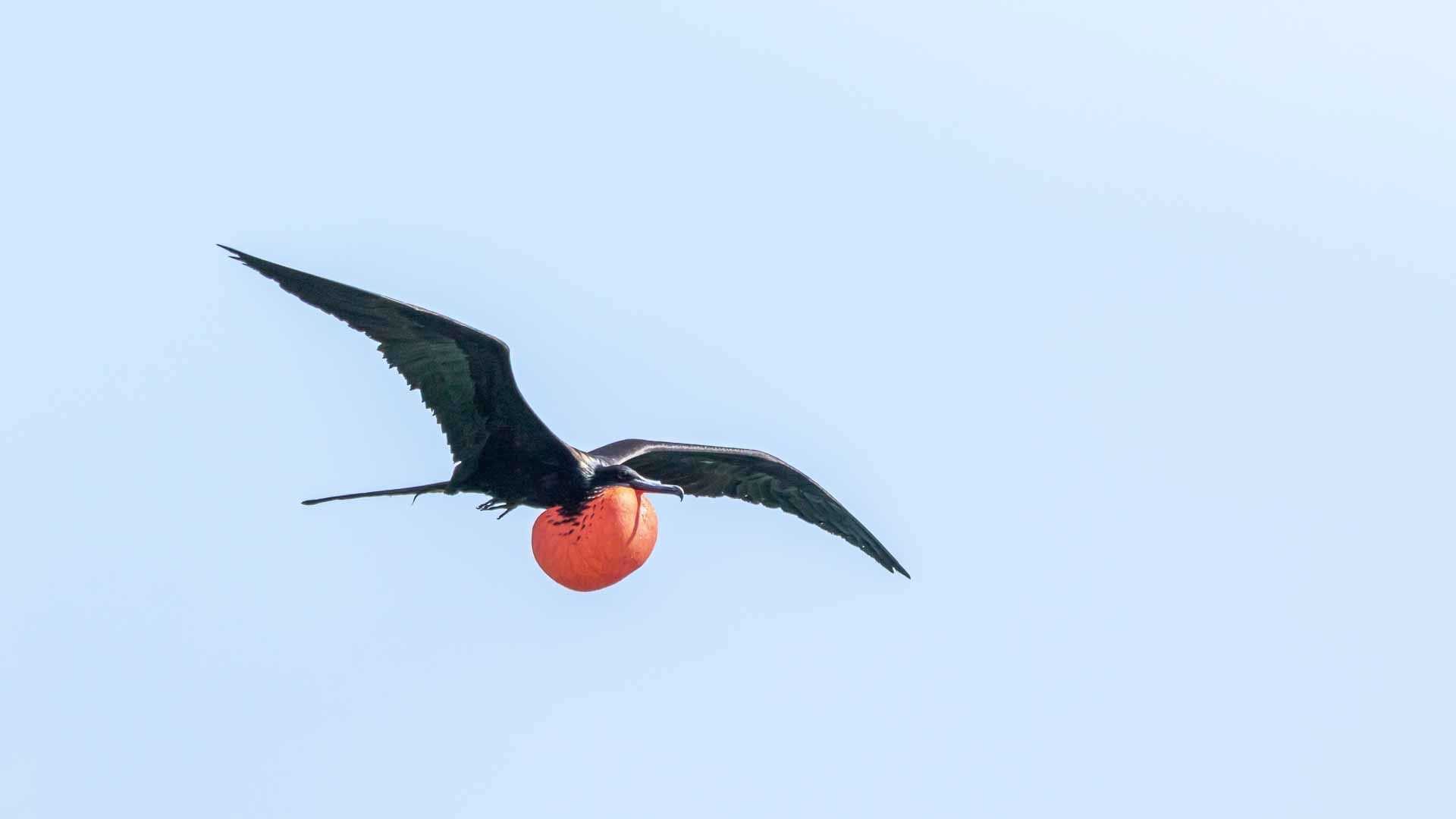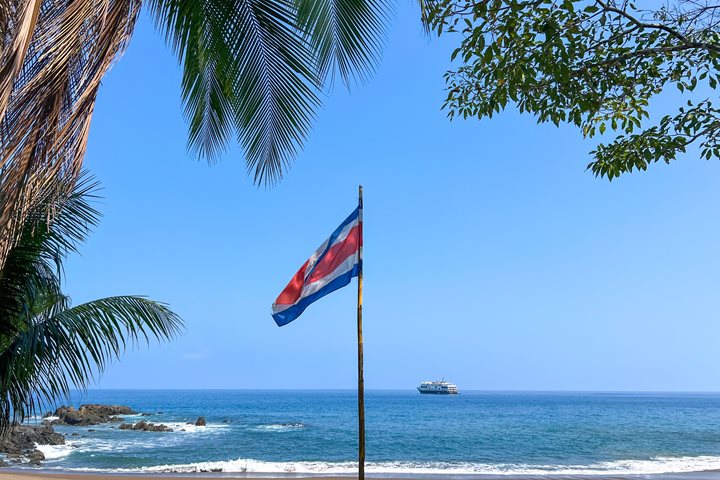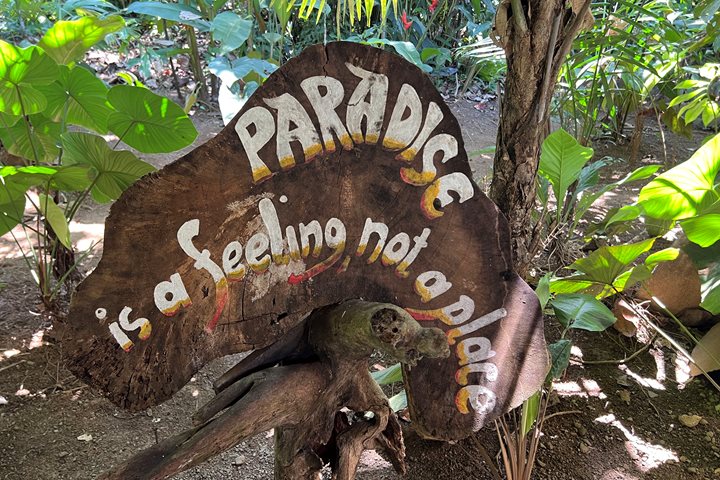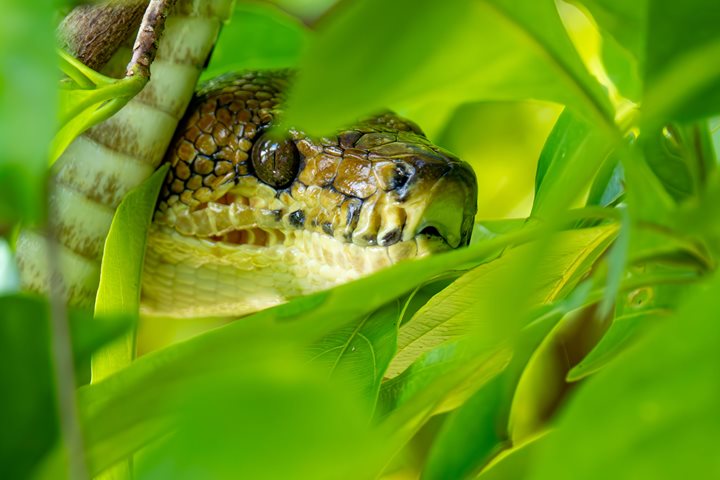After a successful Panama Canal transit, we cruised over 90 nautical miles overnight to arrive on a speck of an island just east of the Azuero Peninsula. Isla Iguana became a wildlife refuge in the early 1980s.
In addition to conspicuous pelagic bird activity, the underwater world of this island features interesting coral reefs that shelter a great deal of fish and marine wildlife. We tested our snorkeling gear and enjoyed the warm water temperatures offered in this part of the tropics. In just a few minutes, we spotted guineafowl puffers, bicolor parrotfishes and the triggerfishes and surgeonfishes that are representative of this tropical reef.
Isla Iguana has spectacular white sand beaches and trails for exploring. We visited a site that was once a bomb shooting range for the U.S. Army during the Second World War. During our walk, we noticed bomb craters that are now home to the hermit crabs, reptiles and birds that breed explosively all over Isla Iguana. The island is home to more than 60 bird species, and it is one of the largest nesting sites for the magnificent frigatebird. In honor of its name, the island is also a common dwelling ground for black iguanas and spiny-tailed lizards.
After a wonderfully sunny day in this tropical paradise, we lifted anchor and began making our way to the third island of our expedition, Coiba Island.









